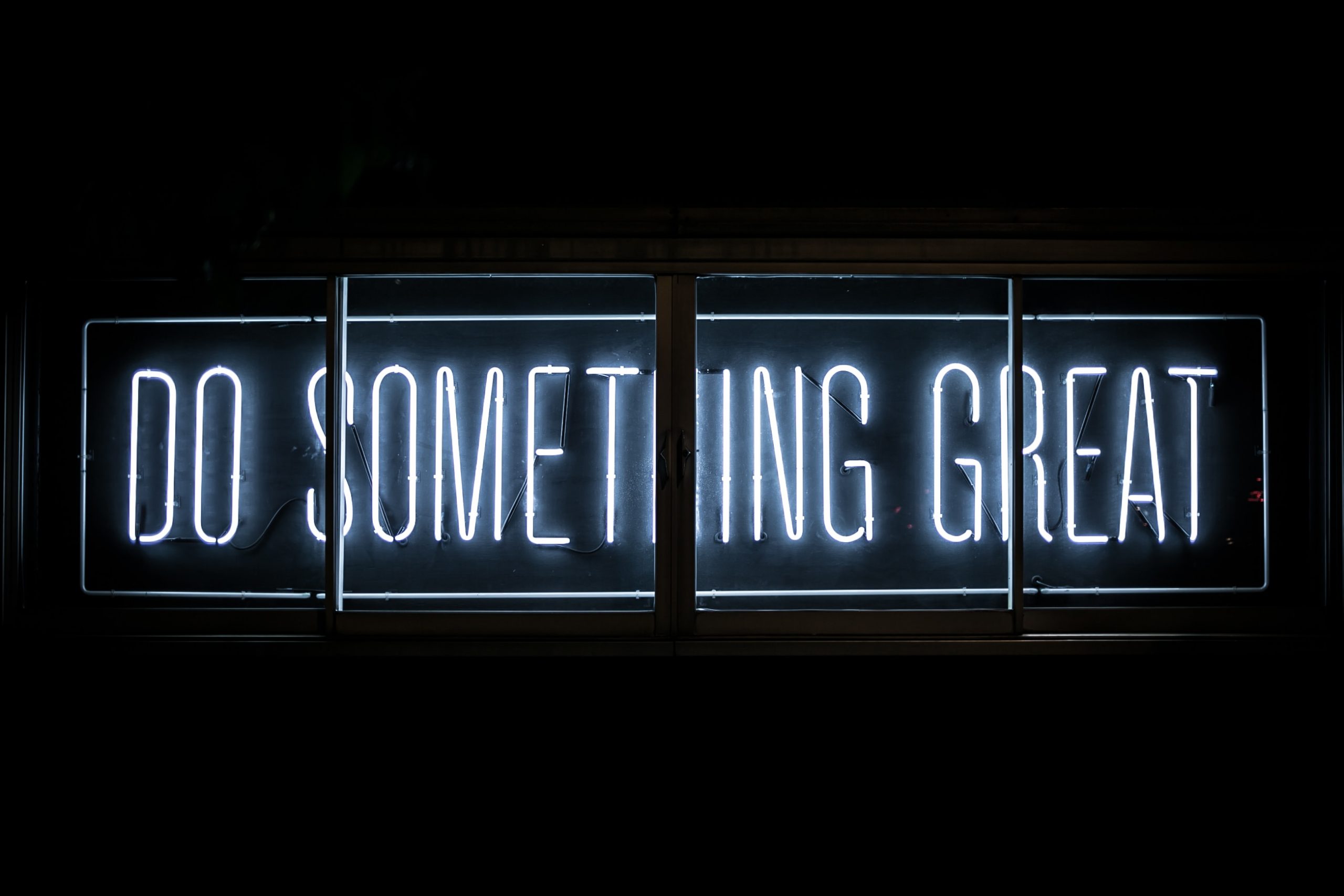Modern conferences have something of a playbook. A typical conference schedule is a grid packed with full presentation sessions with slides, panel discussions, lightning talks, keynote slots, Birds Of a Feather sessions, and more.
While many of these content formats work well, I have become personally rather concerned with the role of full-length 45 – 60 minute sessions. I think we are increasingly seeing people want to consume information in smaller, more focused chunks. What’s more, when at a conference, people often get tired and their attention span can wander after long days (and evenings!) and it can be difficult to stay focused in a session for that long of a period of time.
Another challenge with longer sessions is that they take up a lot of room on a schedule. Speaking personally, I would rather see a rich, broad range of speakers from more backgrounds speaking in shorter, more focused sessions. This has the added benefit of making it easier for people to justify conference travel with their employers if they know they have a speaking slot.
So, last year at the Open Source Summit in San Diego I sat down with Angela Brown who is VP of Conferences for the Linux Foundation (by the way, see my Conversations With Bacon interview with her). While there I shared some of these thoughts and a proposal for her consideration.
The ‘Combo Session’ Approach
So, this is what I proposed.
Instead of having a single talk in a 50 minute slot, we instead have two thematically similar 20 minute sessions by two different speakers.
For example, one speaker in a session may talk about building a meetups strategy and the other speaker in the same session may discuss how to run conferences. In another session slot, one speaker may talk about KPIs and metrics and the second speaker in the same session may cover effective ways to visualize data. The speakers are paired together on a common topic designed for the same audience.
So, two 20 minute sessions takes up 40 minutes of the session. What do you do for the remaining 10 minutes?
Well, you bring both speakers together for a mini-panel discussion. A panel moderator will ask questions to both speakers about the overall topics presented in the entire session, potentially bringing in questions from the audience too. This provides an interactive end to the session and gets the audience refreshed before they head out to the next session.
I am nicknaming this the ‘Combo Session’ approach, and I believe it provides a number of benefits:
- The ability for an audience to hear multiple speakers and their perspectives, resulting in more content and potentially additional value.
- An opportunity to tap into the insight of multiple speakers as part of the mini-panel, and a possible opportunity to present audience questions.
- It will encourage speakers to be more focused on their content. You can cover a lot of ground in 20 minutes, but it will require a speaker to be disciplined in managing their time well.
- It will enable more speakers to be able to speak at an event (which can often further justify travel to an event to employers.)
Of course, this format won’t work for all content. For example, longer tutorial sessions, panels, and BOFs will need more time, but I think for many sessions at conferences, this could be a refreshing new approach.
So, I am delighted to share we are going to experiment with this format at the Open Source Summit in Austin in June. The Leadership track that I have been involved in shaping will be using this format. This will be a good opportunity to see how well the ‘Combo Session’ format works, and how it can be tuned and optimized.
A Speakers Guide
So, let’s now switch gears. Let’s assume you have been selected as a speaker in a ‘Combo Session’ and are going to deliver a 20 minute talk and participate in the mini-panel. How do you make the most of the session?
Here are 5 recommendations.
1. Focus on optimizing your session for the value your audience can take away
While it may seem that a shorter 20 minute session is limiting compared to a 50 minute session, it is incredible what you can accomplish in 20 minutes. Focus on building out your presentation and then make a series of ‘hard cuts’. Review different parts of your talk and ask, “Do my audience benefit from this part of my material?” If not, cut it, or tighten it up.
Focus on delivering concise, focused, and practical content. Then practice your session to ensure you can comfortably deliver it in 20 minutes without rushing. External feedback can be enormously valuable here: perform it in front of friends and colleagues and get their input on what you can add and what you can cut.
2. Provide pragmatic, actionable, recommendations and content
Presentation sessions serve one major purpose for most attendees: to transfer information from one brain (the speaker’s) to others (the audience’s). Focus on making this transfer as simple as possible.
Create simple, readable lists of recommendations. Make concrete suggestions and takeaways that people can easily note down (or take a screenshot of your slides with their phones). Take the work out of your audience understanding your most salient points. Avoid abstract, obtuse references and provide real-world, pragmatic examples and guidance.
3. Consider planning for 15 minutes, with 5 minutes of Q&A
While there is the 10 minute mini-panel at the end of the session, you might want to allow for some dedicated questions in your 20 minute piece. So, consider speaking for 15 minutes and then enable 5 minutes of dedicated questions about your material.
While not required, this can provide a good opportunity for your audience to ask questions to seal-in the material you are sharing.
4. Provide a clear Call To Action
When someone finishes watching your session, what do they do next? Do they go to a website? Do they join a webinar? Do they have a check-list of next steps?
Give them something specific to do. This can provide a useful way to help your audience harness the content you are presenting and apply it in their world. Also, provide any follow-on resources such as videos, books, and blog posts.
5. Promote your session extensively
A wonderful session doesn’t mean anything if people don’t know about it. Get out there and spread the word about your talk, and the overall ‘Combo Session’ that you are speaking in.
For example:
- Promote the session extensively on social media. Don’t just announce your session, but promote it leading up to the event and at the event itself.
- Write a blog post about your session, what you are going to deliver, and what people can learn.
- Share your session with your email list.
- Share teasers of your session on social media. Key takeaways, interesting slides, and more can get people excited!
- Include special offers in your session. For example, provide attendees with downloadable content and videos if they join.
The key here is to get creative. The more you invest in promoting your session, the larger and more dynamic your audience is likely to be.
So, that’s it. I think the ‘Combo Session’ approach is going to be an interesting experiment, and I think it could pave the way for some really interesting future sessions. Thanks!








